What makes British art ‘British’?
HIDE CAPTION
- Renaissance men
- Joshua Reynolds’ The Archers (1769) pictures two young aristocrats taking part in a Renaissance hunt. Reynolds’ composition is thought to be heavily influenced by Titian. (Tate)
Alastair Sooke takes a walk through the newly re-hung galleries of
London’s Tate Britain – and wonders what makes a national style of art.
Without
wishing to resort to national stereotypes, you could argue that the
British used to be rather self-deprecatory, embarrassed even, about the
art of their countrymen. “None of the other nations of Europe has so
abject an inferiority complex about its own aesthetic capabilities as
England,” wrote the German-born British art historian Nikolaus Pevsner
in 1956.Well, not any more. The BP Walk Through British Art, a splendid new chronological presentation of around 500 works from the Tate’s collection, offers a confident, concise and considered overview of the story of British art. It was hailed as a triumph by critics when it opened at Tate Britain in London last week.
It is full of inventive and unexpected juxtapositions that stimulate debate about the intrinsic characteristics of British art. My favourite example is the face-off between two enormous paintings in Tate Britain’s west wing. Separated in execution by almost 150 years, they eyeball one another like heavyweight wrestlers glowering across the length of the museum, visible through the doorways of six intervening galleries.
At one end is The Archers by Joshua Reynolds. Painted in 1769, it presents two young aristocrats hunting with bows and arrows in a forest. At the other is The Mud Bath (1914), by the Anglo-Jewish artist David Bomberg. In this image, angular blue and white figures move across a tilted red rectangle representing the pool of the Russian Vapour Baths in London’s East End.
At first glance, these two paintings could not be more different. Reynolds’s dramatic picture is a grand double portrait in the spirit of the Renaissance master Titian. The Mud Bath, by contrast, discards time-honoured conventions enshrined within Reynolds’s canvas. There is little sense of depth. The figures are geometric, almost abstract. The colour scheme is simplified and non-naturalistic.
And yet, hung within sight of each other, we are invited to consider what links two such diverse works. In The Archers, Lord Sydney and Colonel Acland, wielding antiquarian weaponry and wearing quasi-historical clothes, advance through ancient woodland in some semi-mythical realm. They are the inheritors of national traditions, laying claim to their country’s green and pleasant land. In The Mud Bath, Bomberg uses a controlled palette of red, white and blue to make his composition resemble a scrambled version of the Union Jack flag. The self-confident grandeur of the past makes way for the jangled uncertainty of modernity – yet both paintings articulate ideas about Britishness.
Looking in, looking out
Yet for every work of art that feels instinctively ‘British’, such as Joseph Highmore’s Mr Oldham and his Guests (c.1735-45), with its cast of bluff and doughty middle-aged drinkers enjoying a bowl of hot spiced wine (the sort of no-nonsense chaps we might find setting the world to rights in any modern English pub), there is also a welter of home-grown artworks that have more in common with foreign trends – like Eileen Agar’s madcap Angel of Anarchy (1936-40), a motley head decorated with Japanese silk and antique feathers and fur that visibly channels Parisian Surrealism. Walking through Tate Britain’s galleries, I was beset by a couple of questions: what, exactly, is ‘British’ about British art? And is there any point in thinking about national schools of art at all?
Charles Saumarez Smith, the former director of London’s National Gallery who is now secretary and chief executive of the Royal Academy of Arts, believes that there is. “British art has historically followed a different course of development from more mainstream European art,” he says. “Traditionally it has been particularly strong in landscape and portraiture, and less involved with religious art. Movements such as the Pre-Raphaelite School have not been paralleled in other countries.”

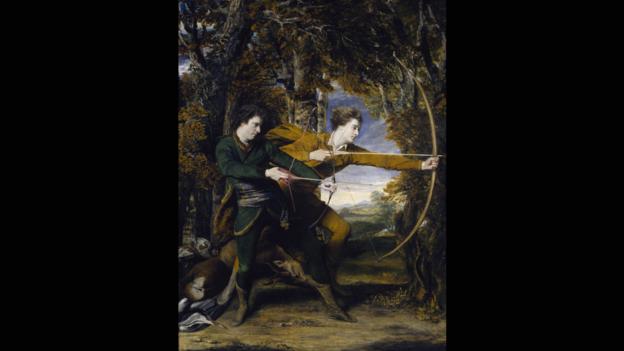
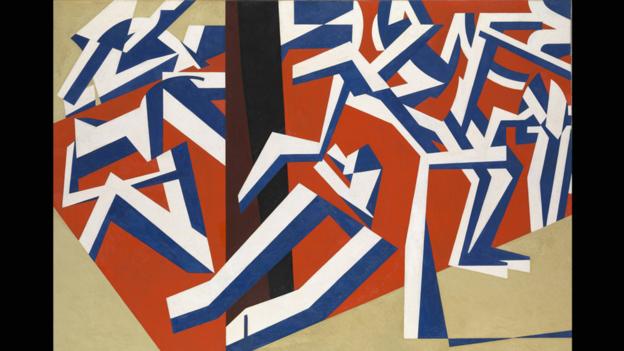
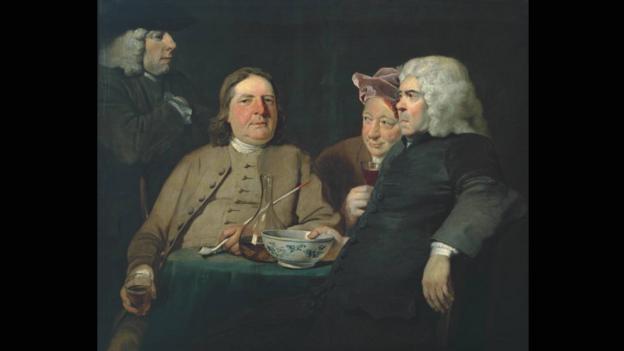
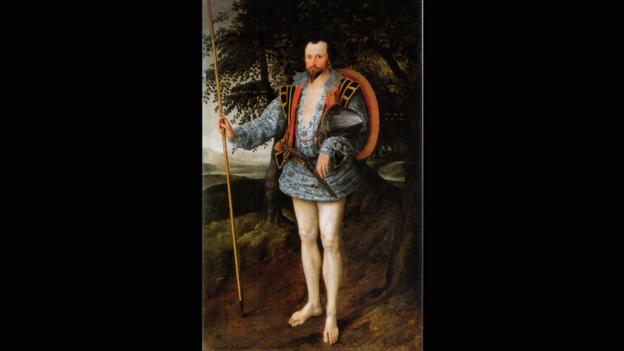

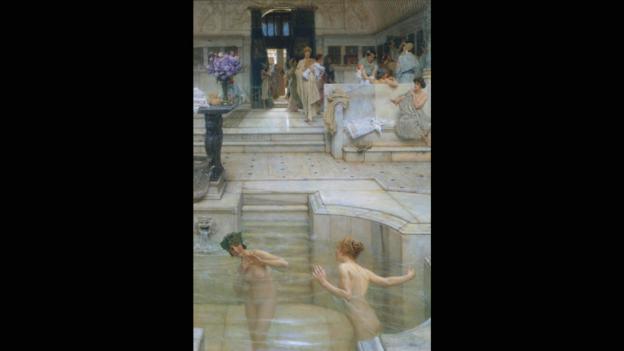
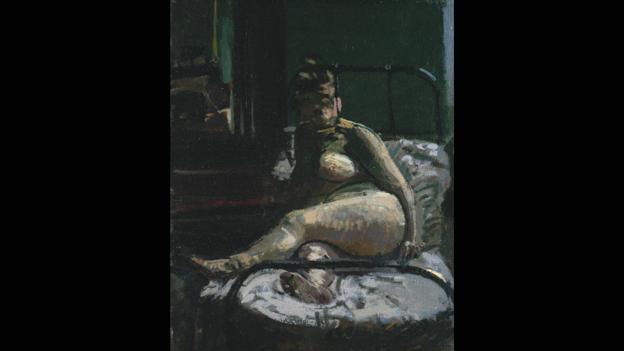







No comments:
Post a Comment